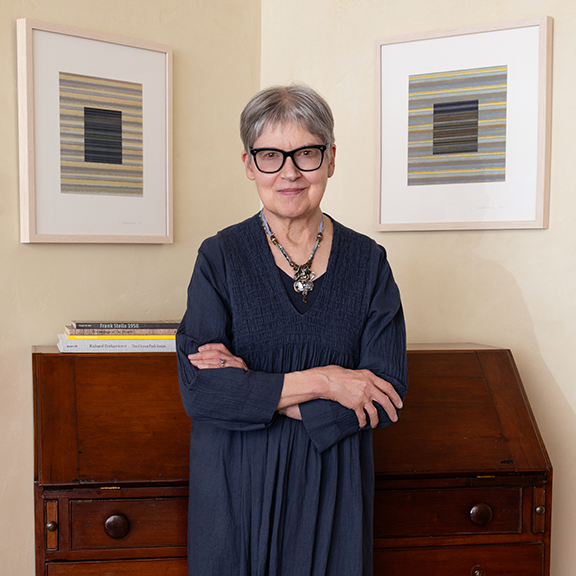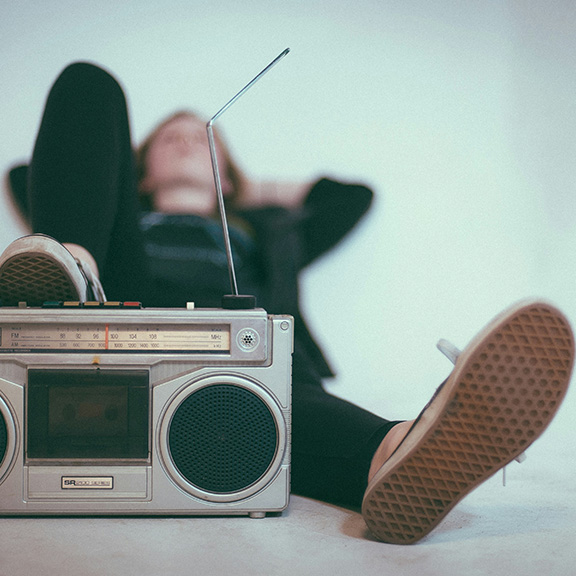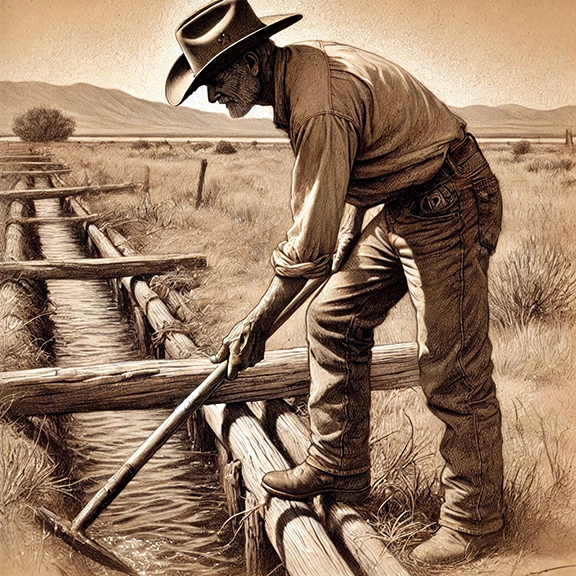Inside Art with Julie Anderson
by Elizabeth King
This article originally appeared in the Winter 2024 issue of Art with Altitude.
If you’ve ever seen a Julie Anderson ceramics installation, you know how awe-inspiring they are. If you haven’t, well, you’re missing out. The Steamboat artist’s large-scale works are impressive to say the least.
Julie was introduced to art at a young age. Her father is also an artist and encouraged her art exploration. She started with drawing and painting with colored pencils, acrylic and watercolor. Her first official ceramics class wasn’t until college, but “I was immediately hooked,” she says. “I haven’t stopped working with it since then!” She loves the blend of art and science that is clay work. “I also love that clay and glazes come from the earth—they are true raw materials with so much creative potential,” Julie says of the artistic medium that blends two of her passions—art and nature.
Julie’s ceramics are formed from the abundance of nature in the Yampa Valley Region. “By creating artwork that feels alive, I bring nature indoors,” says Julie, who enjoys spending time outside. Her love of nature paired with her college studies in biology and her keen eye for detail results in a lot of the small features and patterns that appear in her work—plant cells, feathers, scales and honeycomb to name a few.
These themes show up in both her large and small works. And while the artistic detail and mastery shown in all her pieces is beautiful, it’s her large pieces that are truly remarkable. To bring those pieces to life, Julie relies on her architecture drafting and tile design layout experience. She starts with a one-inch scale model. The models are made out of tiny pieces of clay, which allows Julie to experiment and play with elements of the piece, including the size and arrangement before she begins creating the full-scale
elements. “I also take photos of the layouts and add color to them to plan how the color will blend from one end to the other,” Julie says. “This is especially helpful when I am doing commissions for clients so we can have a clear plan on how a piece might look on a specified wall space.”
Once Julie feels the scale model is complete, she begins creating the full-size ceramic pieces. The method varies by piece, starting either with slabs of clay for hand building, or by throwing on the potter’s wheel followed by hand manipulation of the pieces. Julie describes her process: “I often hand carve or etch the surface with nature-based details and cut out two keyhole shapes on the back side of each piece for mounting to the wall.”
After completion of each clay piece, Julie adds glaze, carefully selecting and applying it to ensure the final look matches her vision. She carefully loads each piece into her kiln and fires the work to around 2200 degrees, ensuring a very durable finished piece. She lays out each individual piece to mark the location of the item and the keyhole. “It’s a lot of work making the wall template,” Julie says. “But it makes the final installation really easy and repeatable. It allows me to ship my work all over the country for others to install quickly.”
Julie can often be found at Warehome Studios, the community art space, gallery, studio and teaching space she owns and operates with her partner, Greg Grasso. Both artists work in three-dimensional art forms: Julie in clay and Greg in glass and stone. They both teach classes so others can learn these often overlooked art forms.
Julie Anderson’s work is a testament to the profound connection between art and nature. From the first tiny clay model to the final installation, her attention to detail and passion for ceramics comes through as she blurs the boundaries between the world outside and the inner worlds we create in our homes.
Elevate the Arts: Visit Julie at Warehome Studios to see her work in person or sign up for a ceramics class with Julie at warehomestudios.com. EK




